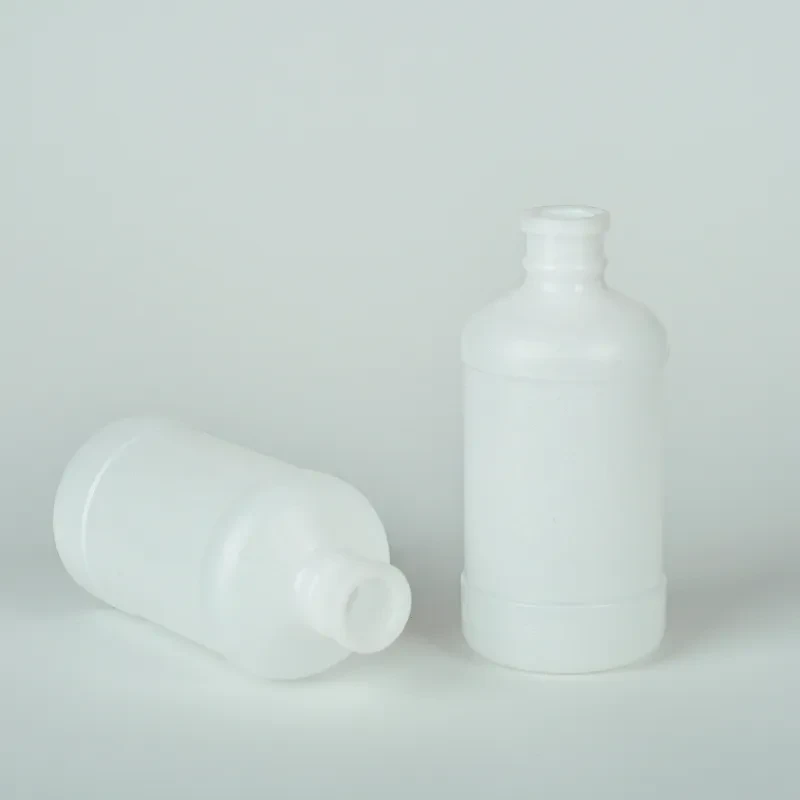
-
 Afrikaans
Afrikaans -
 Albanian
Albanian -
 Amharic
Amharic -
 Arabic
Arabic -
 Armenian
Armenian -
 Azerbaijani
Azerbaijani -
 Basque
Basque -
 Belarusian
Belarusian -
 Bengali
Bengali -
 Bosnian
Bosnian -
 Bulgarian
Bulgarian -
 Catalan
Catalan -
 Cebuano
Cebuano -
 Corsican
Corsican -
 Croatian
Croatian -
 Czech
Czech -
 Danish
Danish -
 Dutch
Dutch -
 English
English -
 Esperanto
Esperanto -
 Estonian
Estonian -
 Finnish
Finnish -
 French
French -
 Frisian
Frisian -
 Galician
Galician -
 Georgian
Georgian -
 German
German -
 Greek
Greek -
 Gujarati
Gujarati -
 Haitian Creole
Haitian Creole -
 hausa
hausa -
 hawaiian
hawaiian -
 Hebrew
Hebrew -
 Hindi
Hindi -
 Miao
Miao -
 Hungarian
Hungarian -
 Icelandic
Icelandic -
 igbo
igbo -
 Indonesian
Indonesian -
 irish
irish -
 Italian
Italian -
 Japanese
Japanese -
 Javanese
Javanese -
 Kannada
Kannada -
 kazakh
kazakh -
 Khmer
Khmer -
 Rwandese
Rwandese -
 Korean
Korean -
 Kurdish
Kurdish -
 Kyrgyz
Kyrgyz -
 Lao
Lao -
 Latin
Latin -
 Latvian
Latvian -
 Lithuanian
Lithuanian -
 Luxembourgish
Luxembourgish -
 Macedonian
Macedonian -
 Malgashi
Malgashi -
 Malay
Malay -
 Malayalam
Malayalam -
 Maltese
Maltese -
 Maori
Maori -
 Marathi
Marathi -
 Mongolian
Mongolian -
 Myanmar
Myanmar -
 Nepali
Nepali -
 Norwegian
Norwegian -
 Norwegian
Norwegian -
 Occitan
Occitan -
 Pashto
Pashto -
 Persian
Persian -
 Polish
Polish -
 Portuguese
Portuguese -
 Punjabi
Punjabi -
 Romanian
Romanian -
 Russian
Russian -
 Samoan
Samoan -
 Scottish Gaelic
Scottish Gaelic -
 Serbian
Serbian -
 Sesotho
Sesotho -
 Shona
Shona -
 Sindhi
Sindhi -
 Sinhala
Sinhala -
 Slovak
Slovak -
 Slovenian
Slovenian -
 Somali
Somali -
 Spanish
Spanish -
 Sundanese
Sundanese -
 Swahili
Swahili -
 Swedish
Swedish -
 Tagalog
Tagalog -
 Tajik
Tajik -
 Tamil
Tamil -
 Tatar
Tatar -
 Telugu
Telugu -
 Thai
Thai -
 Turkish
Turkish -
 Turkmen
Turkmen -
 Ukrainian
Ukrainian -
 Urdu
Urdu -
 Uighur
Uighur -
 Uzbek
Uzbek -
 Vietnamese
Vietnamese -
 Welsh
Welsh -
 Bantu
Bantu -
 Yiddish
Yiddish -
 Yoruba
Yoruba -
 Zulu
Zulu
50 ml centrifuge
The Importance of 50 ml Centrifuge in Laboratory Research
Centrifugation is a fundamental technique used in laboratories worldwide for the separation and purification of substances based on density gradients. Among the various types of centrifuge tubes available, the 50 ml centrifuge tube stands out as a widely utilized tool in biological, chemical, and medical research. This article will delve into the significance of 50 ml centrifuge tubes, their applications, and best practices for effective use.
A 50 ml centrifuge tube, typically made of high-quality polypropylene, is designed to withstand the force generated during high-speed spinning. Unlike traditional glass tubes, these plastic tubes are lightweight, break-resistant, and can be easily handled, making them preferable for researchers who need to avoid glass breakage hazards. The clear design of many 50 ml tubes also allows for easy visualization of samples, facilitating quick observations regarding sedimentation and layer formation.
One of the primary applications of the 50 ml centrifuge tube is in the preparation and processing of biological samples
. In biotechnology and molecular biology labs, these tubes are frequently utilized for isolating DNA, RNA, and proteins. For instance, after a lysis step that breaks down cells, centrifugation using a 50 ml tube aids in separating cellular debris from the supernatant containing the nucleic acids of interest. This step is crucial to ensure that the final samples used for PCR, cloning, or sequencing are free from contaminants.50 ml centrifuge

In addition to nucleic acid extraction, 50 ml centrifuge tubes are commonly employed in cell culture applications. Researchers often harvest cells from culture flasks, resuspend them in the appropriate buffer, and then use the centrifuge tubes to pellet the cells effectively. This method is vital for tasks such as cell counting and viability assays, where precision is paramount.
Moreover, the versatility of the 50 ml centrifuge tube extends to applications in the field of chemistry. It can be used for the separation of various chemical compounds, including precipitates from solutions or the clarification of reaction mixtures. The ability to process larger sample volumes in a single run makes it especially beneficial for scaling laboratory experiments toward industrial applications.
Best practices for using 50 ml centrifuge tubes involve ensuring proper collection and loading techniques. For even distribution of samples, it is crucial to balance the tubes in the centrifuge rotor. Imbalance can lead to excessive vibration and potential damage to both the centrifuge and the samples. Additionally, researchers should adhere to the recommended maximum speed for the tubes to avoid rupture and contamination of samples.
In conclusion, 50 ml centrifuge tubes are indispensable tools in modern laboratory research. Their robust design, versatility, and efficiency in sample preparation make them a staple across various scientific disciplines. As research continues to evolve, the role of these tubes will undoubtedly expand, facilitating new discoveries and advancements in fields ranging from genetics to pharmaceuticals. Whether one is working in a basic research laboratory or a more sophisticated industrial environment, understanding and effectively utilizing the 50 ml centrifuge tube remains essential for achieving high-quality results.
-
Premium Metal Dropper Bottle for Precise Dispensing 250ml & 1ml Options AvailableNewsJul.04,2025
-
20 ml Headspace Vials - High Quality Polyethylene & Plastic Vials for Lab UseNewsJul.04,2025
-
Small Bottle with Pipette - Precise Dispensing 100ml Pipette Bottles for Essential Oils & Lab UseNewsJun.24,2025
-
Acetic Anhydride Bottle for Accurate Dropper Measurement in Pharmacy Use High-Quality Dropper BottlesNewsJun.10,2025
-
Innovative PET Bottle Design for Juice – Unique Shapes & Customization OptionsNewsJun.10,2025
-
20 Pack Sterilized Petri Dishes – Assorted Sizes, High Quality Small Plastic Petri Dishes for Lab UseNewsJun.10,2025






















